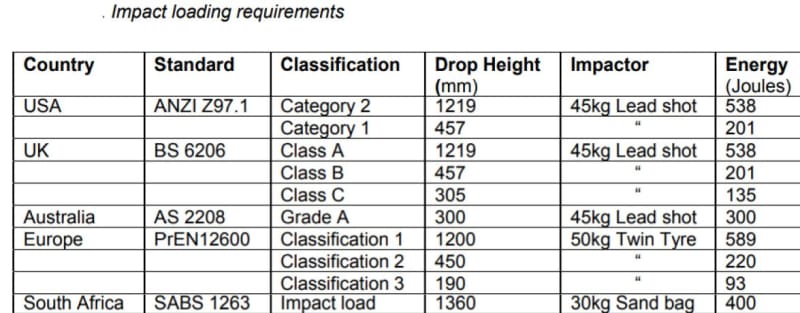kmart30
Structural
- Apr 28, 2016
- 183
I am trying to do calculations for full sheets of tempered/laminated glass (1/2" thick) for railings along a balcony. See attached picture... The balcony is constructed with wood trusses and the glass will be side mounted to a couple of 2x SYP band boards that are fastened to the trusses. Code says I need to use a F.S. of 4 which is really increasing my loadings. Glass is 42" tall above the deck and I am using a concentrated load of 200lbs per code. Manufacture has 2 holes in glass every 2' o.c. and I was trying to make 1/2" lags work but I am not even close with a F.S of 4. Anybody come across a similar situation? Maybe through bolts with some good sized washers? Any help here would be appreciated...

